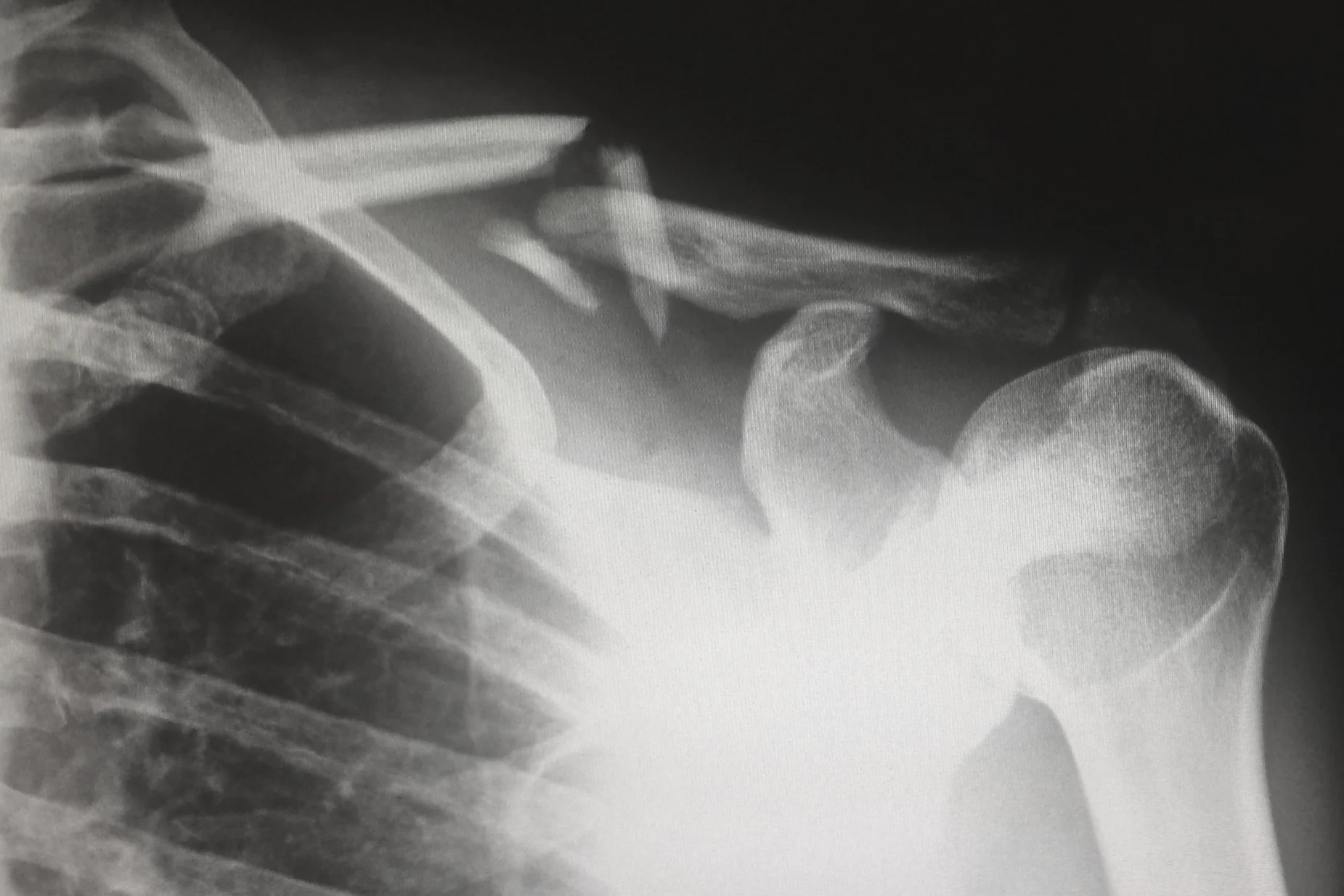Legal boundaries of ACC's cover for treatment injury not fully decided
The High Court interpreted the meaning of “ordinary consequence” of treatment in ACC v Ng [2018] NZHC 207, an important determinant of cover for treatment injury.
The Accident Compensation Act provides cover for personal injuries caused by medical treatment, such as surgery, in certain circumstances. The treatment must be by a registered health professional. The personal injury must be caused by the treatment, and must not be a “necessary part, or ordinary consequence” of the treatment, taking into account all the circumstances of the treatment including the person’s underlying health condition. For example, a stroke may be a risk of surgery for a brain aneurysm, but if it occurs, was it an “ordinary consequence” of treatment?
Before 2005, cover was dependent on showing either “medical error” or “medical mishap”. Medical error essentially required the claimant to show negligence on the part of the health professional. Medical mishap required that there be a severe and rare adverse consequence of treatment. This was defined as an outcome occurring in 1% of cases.
The new treatment injury provisions were designed to remove the requirement to find fault, which was inconsistent with the rest of the ACC Scheme. In this, Parliament seems not to have been entirely successful. In the recent case of Adlam v ACC, the Court of Appeal was addressing situations where there was a failure to treat, or to treat in a timely manner. The Court of Appeal said that a treatment injury will only have occurred “…where there has been some departure from a standard and that departure has caused a personal injury”. The move away from a rarity and high severity threshold indicated that Parliament wanted to redraw the boundaries of cover, but it has been challenging for the Courts to determine to what extent. Parliament’s intention seems to have been to exclude cases where there was simply a failure to achieve an intended outcome, as all medical treatment involves a risk of failure, and outcomes that resulted from the patient’s underlying medical condition. However, the extent to which Parliament wanted to exclude cover for adverse medical events has remained an issue.
The problem is that, as the High Court noted, the words “ordinary consequence of treatment” have no recognised meaning in law or medicine. In one High Court case, it was said that the intended scope of cover was for “the unanticipated adverse outcomes arising from treatment”, while in another case a standard based on reasonable foreseeability (a concept familiar to the law of negligence) was rejected as being too restrictive: an injury could be foreseeable while not being particularly likely. It was noted that Parliament had moved away from a requirement of proof of rarity to a more liberal, but unpredictable, formulation.
In ACC v Ng, the High Court held that assessing what is an ordinary consequence involves measuring the outcome achieved against the expected outcome of treatment given in accordance with proper medical practice. It therefore involved an assessment of whether the injury was more probable than not. On this formulation, “ordinary consequence” means a consequence that has a 50% or greater chance of occurring. ACC was granted leave to appeal to the Court of Appeal. So, where the legal boundaries of cover for treatment injury lie may not yet have been finally decided.




